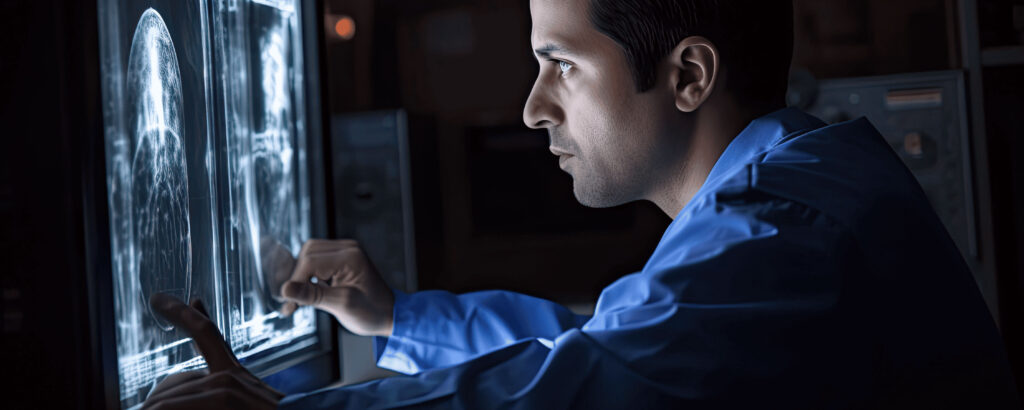Patient Burnout – and How We Avoid It

There’s a lot in the press about physician and nurse burnout – and I will address that in a future post because it is critically important to understand. But I haven’t read as much about patient burnout…but it too is critically important to understand.
What to do if your MRI screening exam shows an abnormality

If you were surprised by a concerning finding on your screening whole body MRI report, if followup or further testing was recommended, or if you are concerned about an abnormality on any medical imaging exam and want to know what’s wrong, submit a consultation request at MD For Patients. We are here for you.
Why Should My Doctor’s Sub-specialty Training and Certification Matter to Me as a Patient?

Physician training after earning an MD matters. In cases where a patient is seeking specialty care in a more niche field, subspecialized training matters a lot. Let’s dive into exactly why this is.
Radiologic Myths Busted | Myth 3: Your doctor is familiar with your complete medical history – even if you change locations.

A year into your followup, you see a report of your most recent MRI scan stating that the exam is “normal” and that “no lesion is seen.” You’re confused. Didn’t the radiologist know where to look, and that you have a long history of a lesion that was being followed up?
Radiologic Myths Busted | Myth 2: Your radiologist is considering all your past exams.

Over time, as more and more follow-up scans of your brain lesion are performed, the reports grow more and more confusing – because they are inconsistent. Is the lesion larger, smaller, or the same as before? And why can’t the radiologists agree from scan to scan?
Radiologic Myths Busted | Myth 1: You’ll always be seen by the most qualified practitioner available.

You’ve got a headache. Sure, everyone gets headaches, but this one is different, and it’s got you worried. You call your doctor, who sends you to the emergency room (the “ER”). The ER doctor who sees you orders a CT, or “cat” scan, of the head. You’re transported to the medical imaging department (“Radiology”) where the scan is performed, and then you’re taken back to the ER.
